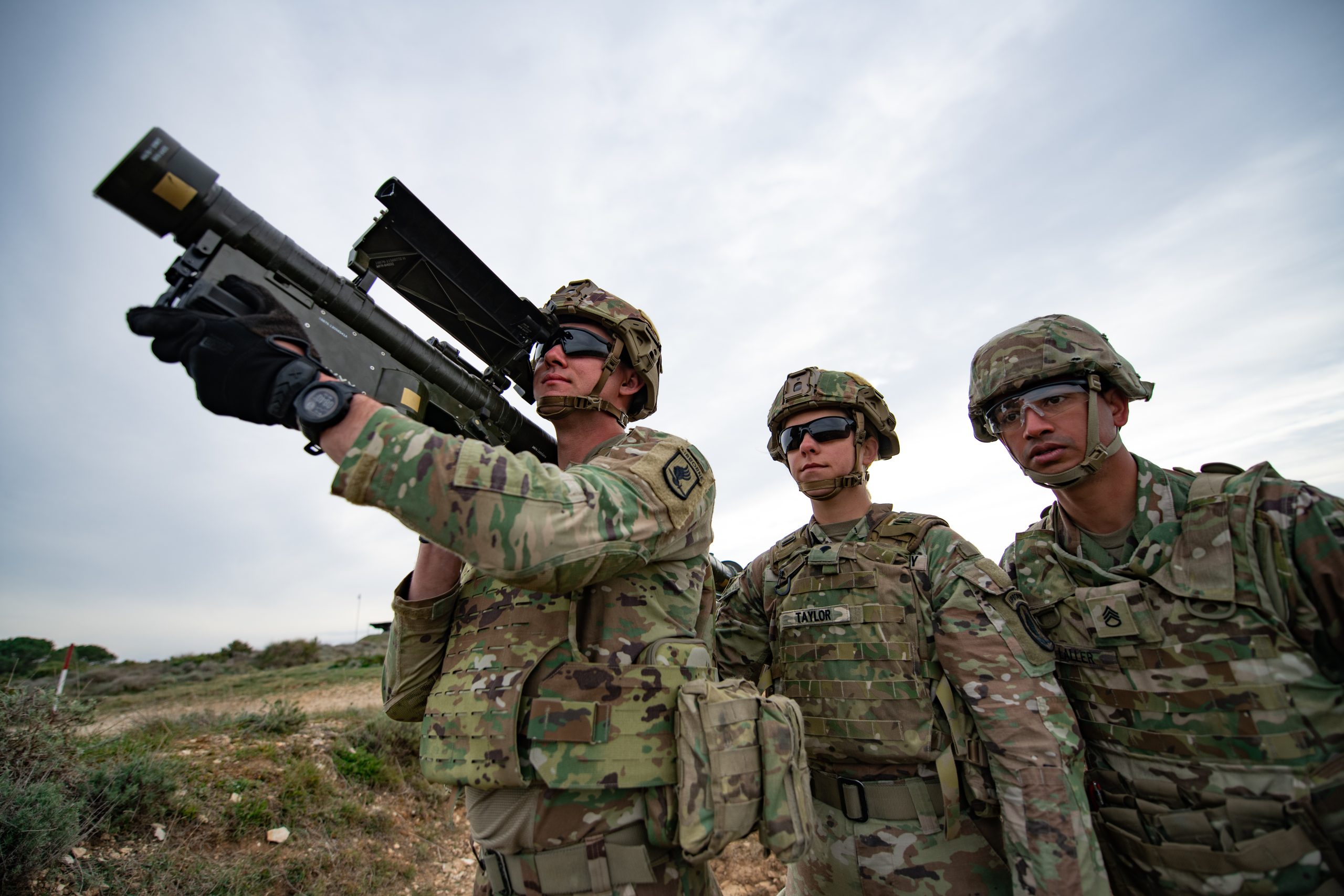The Pentagon is restructuring the chain of command within its acquisition system, replacing the program executive offices that have long formed the backbone of the Defense Department procurement system with “portfolio acquisition executives” that will be more empowered to make decisions and more directly accountable for performance, Defense Secretary Pete Hegseth said Friday.

The changes are part of a wide-ranging overhaul Hegseth said the department will make as part of what he framed as a war on Pentagon bureaucracy amid a need to accelerate the procurement system, increase competition, use commercial technology as DoD’s default option, and eliminate excessive regulations.
“Speed to delivery is now our organizing principle,” Hegseth said Friday during a 70-minute speech at the National War College in Washington. “It is the decisive factor in maintaining deterrence and warfighting advantage. If our warfighters die or our country loses because we took too long to get them what we needed, we have failed. It is that simple. The sense of urgency has slipped too much, and when you look at what we face, we have to recapture it.”
Commonality with existing proposals
Much of what Hegseth unveiled Friday mirrors reform proposals that are making their way through Congress or that have been suggested by independent reform panels. The rollout also follows a pair of executive orders President Donald Trump issued in April, directing a reshaping of federal acquisition processes.
The move to a more portfolio-centric approach to acquisition, for example, is a feature of both the House’s SPEED Act and the Senate’s FoRGED Act, and the Senate bill also uses the “portfolio acquisition executive” moniker for a reimagined PEO role.
Hegseth offered few details on what DoD’s own conception of the new role would be, but said further guidance would be published within the next 180 days. One key theme, he said, would be empowering the new portfolio officials to make decisions without waiting for bureaucratic approval processes.
“We will break down monolithic systems and build a future where our technology adapts to the threat in real near time. Contracting officers will be embedded within program teams and accountable to program leaders, shoulder to shoulder with our engineers, operators and warfighters who can provide critical, real-world user feedback to the engineers,” he said. “If the mission is not successful, there will be real consequences. We will ensure accountability by extending PAEs’ tenure to be longer than the current PEO service times. We will leverage taxpayer dollars in a more accountable, flexible and deliberate manner to maximize their value across capability portfolios. We will shift funding within portfolios’ authorized boundaries swiftly and decisively to maximize mission outcomes. If one program is faltering, funding will be shifted within the portfolio to accelerate or scale a higher priority. If a new or more promising technology emerges, we will seize the opportunity and not be held back by artificial constraints and funding boundaries that take months or even years to overcome.”
Wartime Production Unit

Meanwhile, Hegseth said DoD is standing up a new organization called the “Wartime Production Unit.” It will be a successor to the existing Joint Production Acceleration Cell, but will be led by a “deal team” that the secretary said would be empowered to make its own agreements with vendors who conduct work across multiple portfolios.
“The deal team will reinforce our contracting workforce, enabling them to work with newly empowered PAEs to negotiate with vendors based on a broader perspective of the vendor’s total book of business within the department, rather than through the lens of a single program, creating leverage and incentives not previously applied,” he said. “This deal team will craft financial incentives that drive contractor performance, demanding on-time delivery of the weapons our warfighters desperately need. It’s about faster negotiations, better results and a commitment to complete transparency and cooperation between the government and our industry partners.”
That approach, Hegseth said, is not just a pilot program — and the department is actively looking to expand the unit and staff it with people who have expertise in the defense business.
“Many talented operators are already on board at the Pentagon, former industry executives who are serving our country to drive success. We call them Business Operators for National Defense, and I encourage those listening who are interested to reach out if you have the skills to contribute to the defense industrial renewal we are embarking on. This may seem like an obvious change, but it’s new for our department to empower world-class operators to help drive necessary change from the Pentagon to industry,” he said. “It’s a fundamental shift in how we arm our warfighters. We are committed to dominating the modern battlefield, and that domination starts with a wartime industrial base focused on execution and operational success.”
Industry’s role
Still to come, Hegseth said, is new guidance that will aim to incentivize contractors to build their own production capacity, let DoD offer clearer demand signals, and create more stable funding streams for multiyear contracts.
As part of that effort, he said, the department would need to ask Congress to alter some existing rules that constrain DoD’s ability to move money between accounts and programs, though he did not specify the exact types of flexibility the department would seek.
“This will build on the great work already done to improve the [planning, programming, budgeting and execution] process and how CAPE and the comptroller interact with Congress,” Hegseth said. “We commit to doing our part, but industry also needs to be willing to invest their own dollars to meet the long-term demand signals provided to them. Industry must use capital expenditures to upgrade facilities, upskill their workforce and expand capacity if they don’t, we are prepared to fully employ and leverage the many authorities provided to the president, which ensure that the department can secure from industry anything and everything that is required to fight and win our nation’s wars.”
And Hegseth warned that companies that aren’t ready to adapt themselves to the department’s vision for a speedier system with more “magazine depth” could soon find themselves with fewer contracts.
“For those who come along with us, this will be a great growth opportunity, and you will benefit,” he said. “To industry not willing to assume risk in order to work with the military, we may have to wish you well in your future endeavors, which would probably be outside the Pentagon. We’re going to make defense contracting competitive again, and those who are too comfortable with the status quo to compete are not going to be welcome.”
DAU is now WAU
But Hegseth said the changes he wants can only happen if DoD achieves a culture change within its own acquisition workforce.
He said he would begin that effort by overhauling the department’s Defense Acquisition University, including by renaming it the Warfighting Acquisition University. He said it would be the “launching pad” for the acquisition workforce and would try to instill in its members a “transformative and warrior mindset.”
“The patriotic men and women in this audience who architect, develop and procure the world’s most lethal and capable technology must be unleashed to deliver the arsenal of freedom faster than we ever have before,” Hegseth said. “The Warfighting Acquisition University will prioritize cohort-based programs combining experimental and project-based learning on real portfolio challenges, industry-government exchanges, and case method instruction that develops critical thinking. And rapid decision making — no more sitting in classrooms learning about failed processes of the past. Our acquisition system is only as good as our workforce.”
Copyright © 2025 Federal News Network. All rights reserved. This website is not intended for users located within the European Economic Area.







